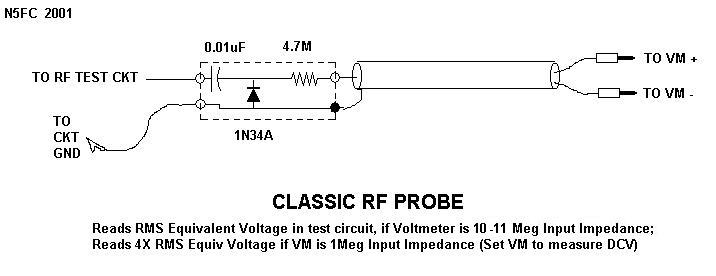FWIW the Fender Stage 112 se amps sell used for ~$125-150 in the US. Of course the shipping charges to the UK would be outrageous but someone might want to ship you just the printed circuit board. Just a thought...
I love these 1990s Fender SS amps and have all of them besides the 160W Stage 112 SE. But I do rewire the preamps and tone control circuits...
Steve A.
I love these 1990s Fender SS amps and have all of them besides the 160W Stage 112 SE. But I do rewire the preamps and tone control circuits...
Steve A.
 ) , before switching to EE (2 more years) and then to Business Administration (1 year), since there is not a *specific* University level career focused on "Musical Instrument Design and Manufacturing".
) , before switching to EE (2 more years) and then to Business Administration (1 year), since there is not a *specific* University level career focused on "Musical Instrument Design and Manufacturing".



Comment